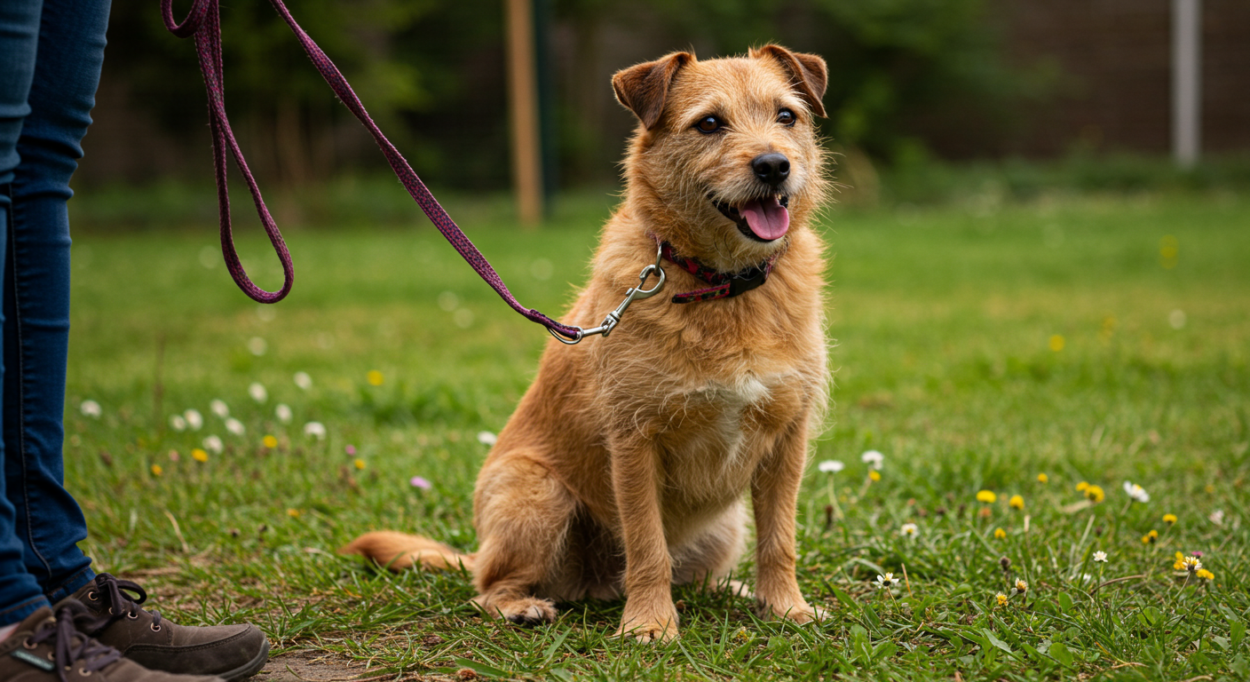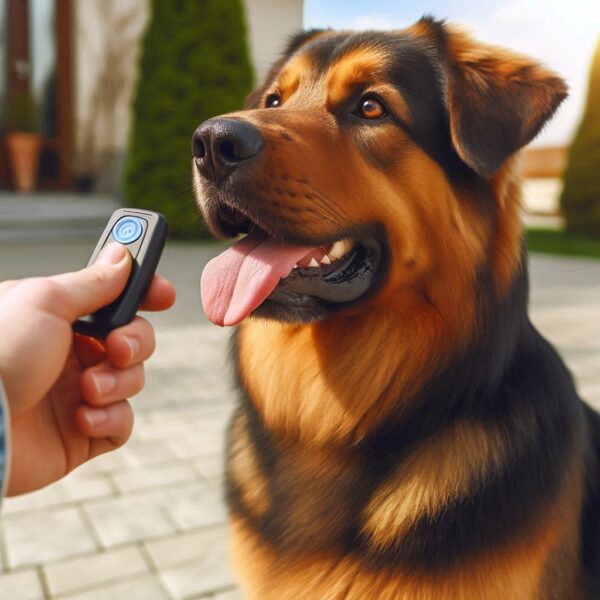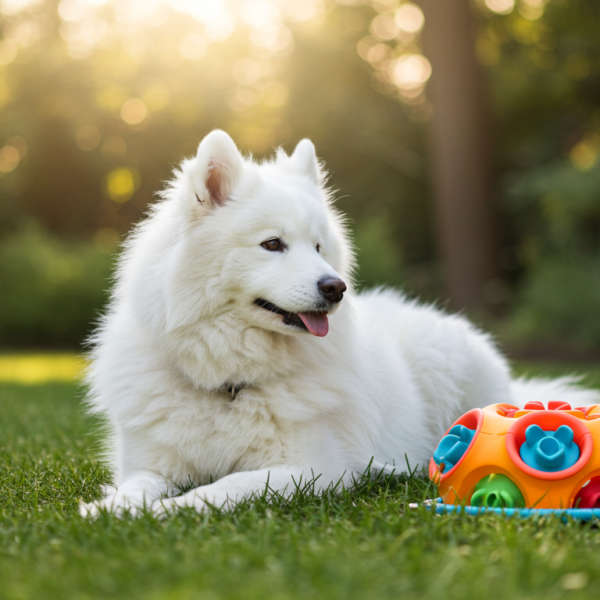Introduction
Mastering dog training commands is essential for building a strong, respectful, and enjoyable bond with your furry friend. Whether you’re raising a puppy or working with an older dog, teaching basic and advanced commands can dramatically improve your pet’s behavior and enhance communication. In this post, we’ll explore the most important dog training commands, how to use a clicker effectively, and the power of positive reinforcement to train your dog like a pro.
Table of Contents
Why Training Commands Are Important
Training your dog isn’t just about obedience—it’s about safety, confidence, and the foundation of a trusting relationship. Well-trained dogs are less likely to run into dangerous situations and are more welcomed in public places.
Benefits of Dog Training:
- Improves dog behavior
- Reduces anxiety and aggression
- Enhances social skills
- Promotes mental stimulation
- Builds trust between you and your dog
Basic Dog Training Commands
1. Sit
This is often the first command taught. It’s simple and forms the base for more complex behaviors.
How to teach:
- Hold a treat above your dog’s head
- Say “Sit”
- When your dog lowers their back end, reward immediately
2. Stay
“Stay” encourages your dog to remain in place until released.
Steps:
- Ask your dog to sit
- Say “Stay” with an open hand gesture
- Step back, reward after a few seconds if they hold the position
3. Come
This recall command is essential for safety.
Training tip:
- Use a long leash in a controlled space
- Say “Come” while gently pulling the leash
- Reward with treats and praise when they return
4. Down
Helps settle hyper dogs and manage impulse control.
Method:
- Start with a sit
- Move the treat to the floor in a straight line
- Say “Down” as your dog lies flat, then reward
5. Leave It
Teaches impulse control and protects dogs from dangerous items.
How to teach:
- Show a treat in your hand, say “Leave it”
- Close your hand when they reach for it
- Wait for them to back off, then reward with a different treat
Clicker Training for Dogs
Clicker training is a form of positive reinforcement that uses a sound (the click) to mark the exact moment your dog performs the desired behavior.

What Is Clicker Training?
A clicker is a small device that makes a consistent noise. The sound tells your dog, “Yes! That’s what I wanted!”
How to Use a Clicker:
- Start by “charging” the clicker: click and immediately give a treat several times
- Once your dog associates the click with rewards, begin using it during training
- Click the moment your dog performs the correct behavior, then reward
Advantages:
- Precise communication
- Faster learning
- Encourages voluntary participation
Positive Reinforcement in Dog Training
Positive reinforcement means adding something rewarding (like treats or praise) to encourage a behavior.
Examples of Rewards:
- Tasty treats (soft, smelly ones work best)
- Verbal praise (“Good boy!”)
- Toys or playtime
Consistency and timing are key. Always reward immediately after the desired action to reinforce the behavior.

Pro Tips for Effective Training
- Keep training sessions short (5–10 minutes)
- Practice daily for best results
- Be patient and calm
- Avoid punishment—it creates fear and confusion
- Gradually add distractions as your dog improves
Frequently Asked Questions (FAQ)
1. Is clicker training better than verbal commands?
Clicker training is often faster because the sound is consistent and neutral, unlike your voice, which can vary in tone.
2. Can I use clicker training on older dogs?
Yes! Dogs of all ages can learn with clicker training. It may take older dogs a bit longer, but it’s still effective.
3. How long does it take to train a dog?
It varies by dog and command. Basic commands may take a few days to a couple of weeks with consistent training.
4. What if my dog ignores the clicker?
Ensure the clicker is properly “charged” and that the reward is motivating enough. You may need higher-value treats.
5. Do I need a professional trainer?
Not necessarily. Many owners succeed with at-home training using guides like this, though trainers can help with advanced behavior issues.
Conclusion
Dog training commands are more than tricks—they’re tools for creating a happy, safe, and balanced life with your pup. By using clicker training and positive reinforcement, you can teach your dog to be well-mannered and responsive.
Start today—grab a clicker, some tasty treats, and try teaching your dog a new command. Share your training progress with us or explore our related guides below!




Sign up